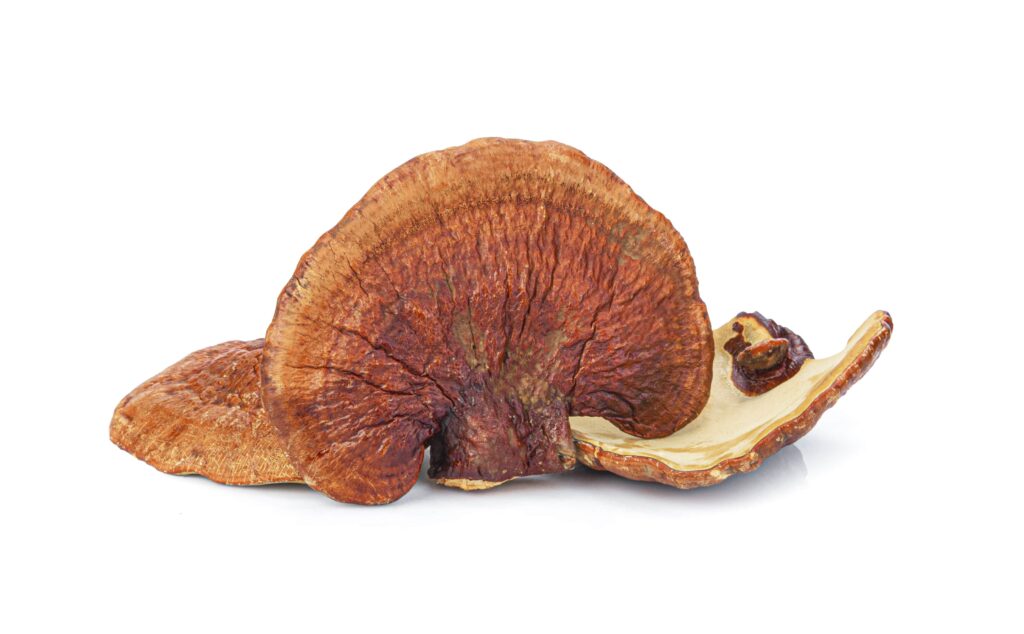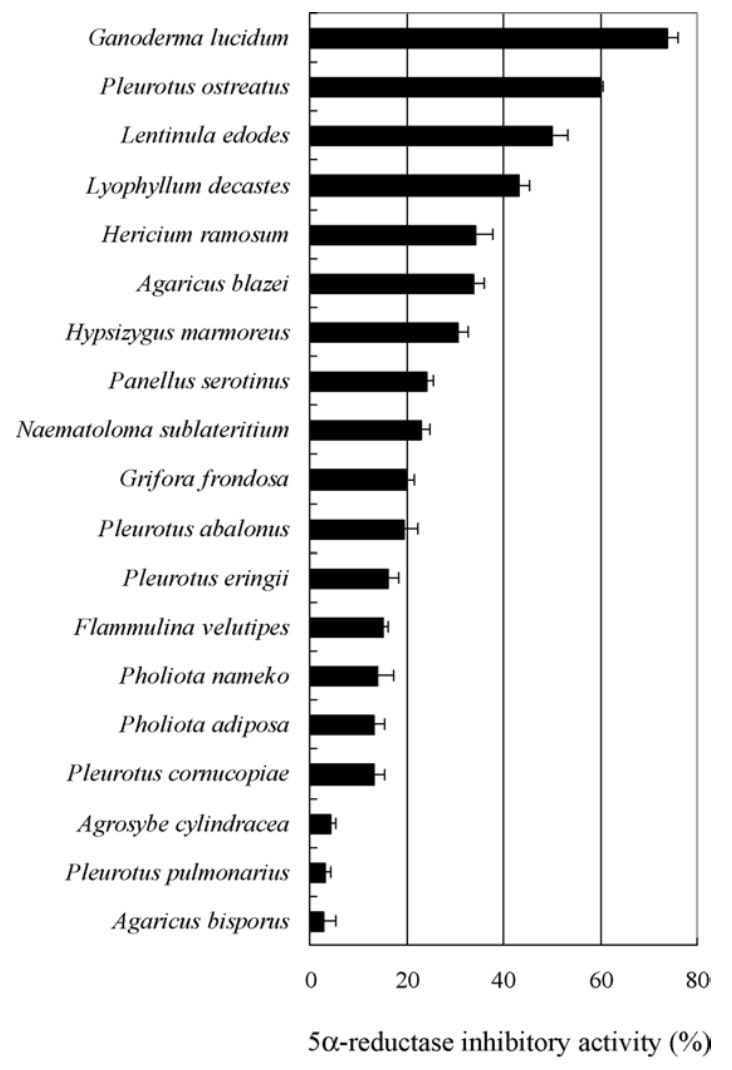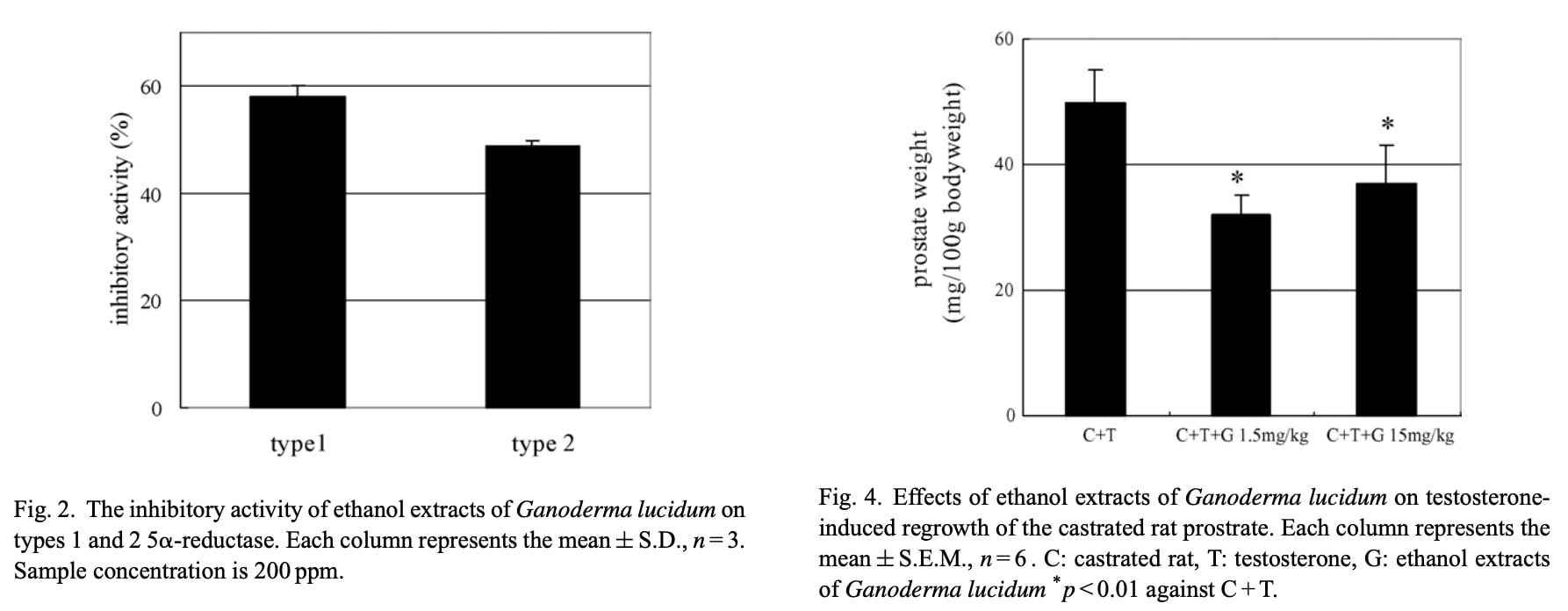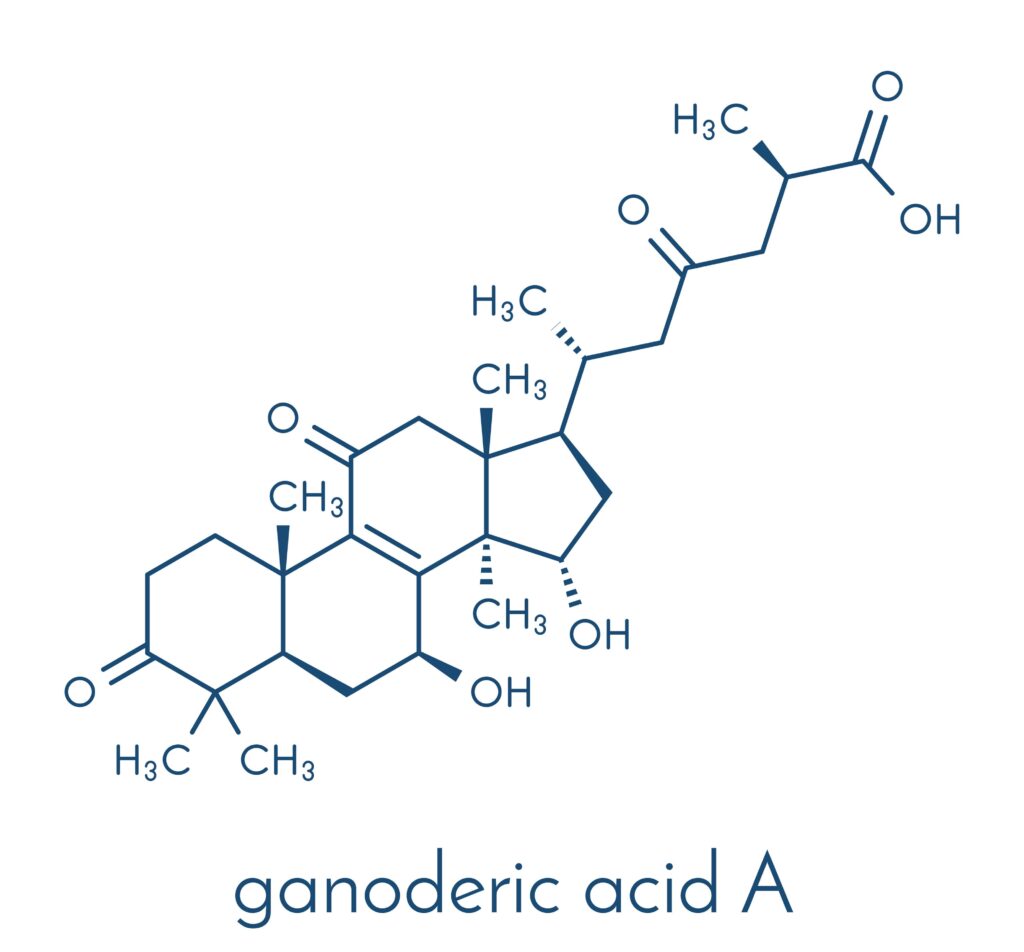- About
- Mission Statement
Education. Evidence. Regrowth.
- Education.
Prioritize knowledge. Make better choices.
- Evidence.
Sort good studies from the bad.
- Regrowth.
Get bigger hair gains.
Team MembersPhD's, resarchers, & consumer advocates.
- Rob English
Founder, researcher, & consumer advocate
- Research Team
Our team of PhD’s, researchers, & more
Editorial PolicyDiscover how we conduct our research.
ContactHave questions? Contact us.
Before-Afters- Transformation Photos
Our library of before-after photos.
- — Jenna, 31, U.S.A.
I have attached my before and afters of my progress since joining this group...
- — Tom, 30, U.K.
I’m convinced I’ve recovered to probably the hairline I had 3 years ago. Super stoked…
- — Rabih, 30’s, U.S.A.
My friends actually told me, “Your hairline improved. Your hair looks thicker...
- — RDB, 35, New York, U.S.A.
I also feel my hair has a different texture to it now…
- — Aayush, 20’s, Boston, MA
Firstly thank you for your work in this field. I am immensely grateful that...
- — Ben M., U.S.A
I just wanted to thank you for all your research, for introducing me to this method...
- — Raul, 50, Spain
To be honest I am having fun with all this and I still don’t know how much...
- — Lisa, 52, U.S.
I see a massive amount of regrowth that is all less than about 8 cm long...
Client Testimonials150+ member experiences.
 Scroll DownPopular Treatments
Scroll DownPopular Treatments- Treatments
Popular treatments. But do they work?
- Finasteride
- Oral
- Topical
- Dutasteride
- Oral
- Topical
- Mesotherapy
- Minoxidil
- Oral
- Topical
- Ketoconazole
- Shampoo
- Topical
- Low-Level Laser Therapy
- Therapy
- Microneedling
- Therapy
- Platelet-Rich Plasma Therapy (PRP)
- Therapy
- Scalp Massages
- Therapy
More
IngredientsTop-selling ingredients, quantified.
- Saw Palmetto
- Redensyl
- Melatonin
- Caffeine
- Biotin
- Rosemary Oil
- Lilac Stem Cells
- Hydrolyzed Wheat Protein
- Sodium Lauryl Sulfate
More
ProductsThe truth about hair loss "best sellers".
- Minoxidil Tablets
Xyon Health
- Finasteride
Strut Health
- Hair Growth Supplements
Happy Head
- REVITA Tablets for Hair Growth Support
DS Laboratories
- FoliGROWTH Ultimate Hair Neutraceutical
Advanced Trichology
- Enhance Hair Density Serum
Fully Vital
- Topical Finasteride and Minoxidil
Xyon Health
- HairOmega Foaming Hair Growth Serum
DrFormulas
- Bio-Cleansing Shampoo
Revivogen MD
more
Key MetricsStandardized rubrics to evaluate all treatments.
- Evidence Quality
Is this treatment well studied?
- Regrowth Potential
How much regrowth can you expect?
- Long-Term Viability
Is this treatment safe & sustainable?
Free Research- Free Resources
Apps, tools, guides, freebies, & more.
- Topical Finasteride Calculator
- Interactive Guide: What Causes Hair Loss?
- Free Guide: Standardized Scalp Massages
- 7-Day Hair Loss Email Course
- Ingredients Database
- Interactive Guide: Hair Loss Disorders
- Treatment Guides
- Product Lab Tests: Purity & Potency
- Evidence Quality Masterclass
More
Articles100+ free articles.
-
Cannabidiol (CBD) Increases Hair Counts By 246%? Not So Fast.
-
Creatine: Does It Worsen Hair Loss? It Depends On The Hair Loss Type.
-
Can Progesterone Improve Hair Regrowth?
-
CRABP2: Can This Gene Predict Regrowth From Retinoids?
-
BTD: Can This Gene Predict Regrowth From Biotin?
-
COL1A1: Can This Gene Predict Regrowth From Collagen Support?
-
2dDR For Hair Loss: What Do We Know So Far About This Sugar?
-
CYP19A1: Can This Gene Predict Regrowth From Hormone Therapy?
PublicationsOur team’s peer-reviewed studies.
- Microneedling and Its Use in Hair Loss Disorders: A Systematic Review
- Use of Botulinum Toxin for Androgenic Alopecia: A Systematic Review
- Conflicting Reports Regarding the Histopathological Features of Androgenic Alopecia
- Self-Assessments of Standardized Scalp Massages for Androgenic Alopecia: Survey Results
- A Hypothetical Pathogenesis Model For Androgenic Alopecia:Clarifying The Dihydrotestosterone Paradox And Rate-Limiting Recovery Factors
Menu- AboutAbout
- Mission Statement
Education. Evidence. Regrowth.
- Team Members
PhD's, resarchers, & consumer advocates.
- Editorial Policy
Discover how we conduct our research.
- Contact
Have questions? Contact us.
- Before-Afters
ArticlesReishi Mushroom For Hair Loss: The Problem With This DHT Blocker
First Published Oct 7 2020Last Updated Oct 29 2024IngredientsNatural Remedies Researched & Written By:Perfect Hair Health Team
Researched & Written By:Perfect Hair Health Team Reviewed By:Rob English, Medical Editor
Reviewed By:Rob English, Medical Editor
Want help with your hair regrowth journey?
Get personalized support, product recommendations, video calls, and more from our researchers, trichologists, and PhD's dedicated to getting you the best possible outcomes.
Learn MoreArticle Summary
As a hair loss treatment, reishi mushroom’s popularity seems more rooted in marketing than in scientific evidence. Studies show that reishi mushroom extract may lower DHT levels and suppress prostate growth – two things closely linked to male pattern hair loss. However, these studies were done on mice, and it’s unclear if the research translates to humans. Moreover, reishi mushroom’s short half-life in humans suggests that if the extract does lower DHT, the effect might be short-lived. This article uncovers the science behind reishi mushroom, sets the record straight on its potential to improve hair loss, highlights ways to improve absorption, and offers alternatives that are still natural, but less expensive and better supported by the literature.
Full Article
A deep dive into the evidence: reishi mushroom for hair loss
Reishi mushroom – a kidney-shaped fungi – is known in health circles for its immune-enhancing properties. More recently, researchers have found that reishi mushroom can help lower levels of dihydrotestosterone (DHT) – the hormone implicated in pattern hair loss.
This has led people to wonder: is reishi mushroom nature’s finasteride? Can this mushroom really regrow hair? Is it safe? And if yes, how much should I use to maximize the effects?
The short answers:
- Reishi mushroom can lower DHT levels in the prostate, at least in mouse models
- It’s unclear if these results translates to humans, if reishi mushroom can lower DHT levels in the scalp, and if this mushroom extract can lower DHT levels enough to actually have an effect on hair
- The half-life of reishi mushroom’s active compounds are very short, which weakens the case that reishi mushroom will suppress DHT for long enough to regrow hair (unless you take several doses throughout the day)
So, does that mean that reishi mushroom is entirely useless? Not necessarily. In this article, we’ll dive into the evidence for (and against) reishi mushroom’s use as a hair loss treatment. We’ll showcase ways to make this extract more effective. And finally, we’ll reveal possible alternatives for those looking for natural treatments that are cheaper, have higher gradients of evidence, and are potentially more effective.
What is reishi mushroom?
Reishi, also known as Lingzhi (which translates to “herb of spiritual potency and immortality”), is a mushroom revered in herbal medicine. It is believed to possess a myriad of beneficial properties: immunomodulatory, insulin-sensitizing, and even gut-supporting.
Reishi mushroom (a.k.a Lingzhi)

Recently, studies have shown that reishi mushroom extract is also a powerful DHT blocker. Dihydrotestosterone, or DHT, is a byproduct of testosterone. DHT is also the main hormone implicated in the world’s most common hair loss disorder: pattern hair loss, also known as androgenic alopecia (AGA). It goes without saying that the higher your levels of scalp DHT, the more likely you are to experience AGA (pattern baldness).
Given reishi mushroom’s newly discovered DHT-reducing abilities, this has left a lot of people wondering whether this natural extract might also be an effective hair loss treatment… or maybe even an alternative to finasteride (a hair loss drug that also reduces DHT levels).
So, does reishi mushroom extract have the potential to fight pattern hair loss? Well, that depends on a few key things:
- How much DHT can reishi mushroom reduce?
- How long do reishi mushroom’s DHT-reducing effects last?
- Does supplementing with reishi mushroom actually improve hair regrowth in humans?
As we’ll soon see, the “power” of this fungi may reside more so in marketing efforts than in actual evidence… and that its use as a DHT reducer in pattern hair loss might be a bit premature.
That’s not to say it won’t have any effect, but rather, that there are probably better options – both natural and conventional – that are cheaper, more effective, and better supported by the literature.
Can reishi mushroom help us regrow our hair?
1. How much DHT can reishi mushroom reduce?
This is a tough question to answer, mainly because there’s limited research on reishi mushroom and its ability to reduce DHT. But there is at least one study showing that reishi mushroom might help lower DHT levels, and better than other mushroom varieties.
In 2005, an investigation team wanted to uncover which mushroom species had the “best” DHT-reducing capabilities (1). So they set up a two-part experiment.
First, the team tested 19 mushroom species for their ability to reduce 5-alpha reductase – the enzyme that converts testosterone into DHT. The team turned these 19 mushroom species into alcohol-based extracts using methanol and ethanol. Then, they prepared liver and prostate tissues of mice inside 19 petri dishes, exposed these petri dishes to the mushroom extracts, and recorded any changes to 5-alpha reductase activity.
The findings? Of the 19 mushroom extracts, reishi mushroom – also known as Ganoderma lucidum – outperformed them all.
See this graph from the study. Keep in mind: the more inhibition of 5-alpha reductase, the lower the DHT levels.
Reishi mushroom extract inhibits 5-alpha reductase by ~75% (in a petri dish)

Specifically, ethanol-extracted reishi mushroom inhibited 5-alpha reductase levels by ~75%. This magnitude of inhibition rivals the hair loss drug finasteride – which can reduce 5-alpha reductase by 60-90% (depending on the dose and the tissue). This is why people claim that reishi mushroom is sort of like “nature’s finasteride” (in a moment, we’ll get to why that’s not true).
Next, the investigation team sought to determine if reishi mushroom extract had an effect on the size of prostates in mice. For background, benign prostate hyperplasia (i.e., an enlarged prostate) shares a lot of overlap with male pattern hair loss. Both conditions are causally linked to higher DHT levels, and both conditions are treated with the same drug: finasteride. There also seems to be a correlation between prostate weight and DHT. Specifically, the more DHT in the prostate, the bigger the prostate – and vice versa.
So, the investigation team tested to see if reishi mushroom could suppress the growth of prostate tissue in mice. Specifically, castrated mice receiving a steady dose of testosterone. Why? Because testosterone is the precursor to DHT, and therefore high doses of testosterone (and thereby DHT) can increase the size of the prostate. By castrating the mice and administering controlled dosages of testosterone, the investigators could better control for individual variances in testosterone production, and thereby get a better idea of just how effective of a DHT reducer reishi mushroom might be.
So, they fed some mice 1.5mg/kg of reishi mushroom extract, and some mice 15mg/kg of reishi mushroom extract. Then, they “sacrificed” the mice, removed their prostates, and weighed them.
The results were impressive (again). Reishi mushroom extract helped to significantly lower the weight of the prostates. But interestingly, the lower dose – 1.5mg/kg – was most effective.
Reishi mushroom extract: effects on type I and type II 5-alpha reductase, as well as prostate weight

This is encouraging. It suggests that 1.5mg/kg of reishi mushroom extract daily (i.e., 105mg for a 150lb man) can lower 5-alpha reductase activity in the prostate enough to reduce its size. Therefore, we can presume that reishi mushroom extract must’ve lowered DHT in the prostate.
But can we apply these results to hair loss sufferers? Not necessarily, and for three reasons:
- The study was on mice, not humans. Nearly everything reduces DHT and regrows hair on mice, but very little of hair-related research in mice translates to humans… because mice don’t experience male pattern hair loss.
- While benign prostate hyperplasia and pattern hair loss are both linked to higher tissue levels of type II 5-alpha reductase, we can’t presume that whatever happens in the prostate will also happen in the scalp. In other words, we can’t presume that because reishi mushroom suppresses prostate growth, that it must also lower DHT levels. This is because prostate weight isn’t always linked to DHT levels, and vice-versa (2).
2. How long do reishi mushroom’s DHT-reducing effects last?
Beyond the problems listed above, there’s also something else that might limit reishi mushroom’s effectiveness as a hair loss treatment: its active compounds (i.e., the ones responsible for lowering DHT) have really short half-lives. This means that the mushroom’s DHT-reducing effects – even if they are substantial – are probably short-lived.
Studies have found that the major anti-androgen compounds of reishi mushroom are a group of fatty molecules unique to reishi, called ganoderic acids (3). These triterpenoid compounds do two things:
- They inhibit the 5a-reductase enzyme, leading to a reduction in DHT levels, and…
- They decrease androgen receptor expression, which reduces the ability for male hormones to attach to cells and exert an effect on their function.
In other words, ganoderic acids decrease DHT and reduce androgen activity in certain tissues.
Chemical structure of ganoderic acids

But, this is where things get complicated. In order for a substance to improve pattern hair loss, it needs to not only reduce DHT levels high enough in scalp tissues, but it also has to do so for a sustained period of time.
This is why a compound that reduces DHT levels by 100%, and only for 5 seconds, will be much less useful in the fight against hair loss than a compound that reduces DHT levels by 70% and for several hours.
This is the advantage of drugs like finasteride and dutasteride – which reduce DHT levels by 50-95% but remain active for hours to days. This is also the disadvantage of many botanical extracts; they tend to also reduce DHT levels significantly… but the effect is rarely sustained.
Much like other botanical DHT-blockers, ganoderic acids in reishi are metabolized very quickly. In fact, their half-life is only 40 minutes in humans (4). After being absorbed via the digestive tract, these compounds are then brought through to the blood to the liver, where they are then quickly eliminated by the body.
This poses an issue for treating conditions like pattern hair loss, mostly because we need DHT to be suppressed in the scalp for significant periods of time. This allows the hair follicle to maintain hair growth and initiate new growth phases. And unfortunately, periods of intermittent androgen reduction don’t really pave the way for new growth.
Consequently, we really can’t expect reishi mushroom’s effects to be on par with something like oral finasteride or dutasteride – two synthetic 5a-reductase inhibitors with much longer half-lives. Unlike reishi, these compounds reduce DHT for significant periods of time, allowing the hair follicle to resume its normal growth.
This brings us to our last question…
3. Does supplementing with reishi mushroom actually improve hair regrowth in humans?
Unfortunately, we don’t know. Moreover, with the limitations of the research outlined above – as well as the lacking financial incentives for pharmaceutical companies to do research for non-patentable botanical extracts – we don’t expect a lot more research here to accumulate over the next decade.
Based on the evidence so far, we don’t believe that reishi mushroom extract is anywhere near as powerful at regrowing hair as most marketers suggest. And if you’re searching for botanical DHT reducers with better clinical evidence, it’s probably best to just try something like saw palmetto.
However, that’s not to say that reishi mushroom is completely useless. And with the right delivery vehicle, there’s a good chance that we can not only improve the absorption of this extract, but also improve its sustained release (and therefore its effectiveness).
One way to do this? To try topical (rather than oral) delivery.
Reishi mushroom: topical delivery
Knowing what we know about reishi mushroom’s metabolism when used orally, could topical application allow the active, DHT-reducing ganoderic acids to accumulate at higher levels, and for longer periods of time?
Potentially.
Remember: the rapid metabolism of ganoderic acids is primarily catalyzed by the liver. By applying reishi extract topically, we may ensure that its ganoderic acids reach the skin directly without getting eliminated by the liver first.
Additionally, it seems that the ganoderic acids in reishi are good candidates for topical use. The skin’s protective barrier, under most conditions, usually only allows molecules smaller than 500 daltons to penetrate the skin (5). Ganoderic acids have molecular weights of around 440 daltons, meaning they can penetrate the skin barrier and potentially accumulate in places like the sebaceous gland, dermal papilla, and skin cells – all places where DHT is produced.
What we don’t know is if the skin has the same metabolic machinery as the liver that allows it to eliminate terpenoids as rapidly as it does. But, we do know that the skin possesses at least some of the same metabolic capacities as the liver. So, it wouldn’t be farfetched to think that the ganoderic acids might be eliminated just as quickly in the skin as they are in the liver.
However, there’s no way to confirm this as of yet. As such, our recommendation (as of right now) stands: the best way to use reishi mushroom is to apply it topically.
Product recommendations: using reishi mushroom topically
Currently, there are no topical products that are specifically targeted towards men with AGA. But, that doesn’t mean there aren’t any products available on the market; they just require a little more digging to find.
So, what is the best product for using reishi mushroom topically (from a non-sponsored perspective)?
This oil, while technically designed for oral use, might be a good option. It’s a supercritical carbon dioxide extract of reishi, standardized to at least 30% triterpenoid content – the class of lipid molecules that ganoderic acids fall into. This means that the product is guaranteed to contain a high quantity of the active DHT-blocking compounds.
Again, we’re not affiliated with the above company. We haven’t tried their products, nor do we think reishi mushroom extract alone will be enough to dramatically improve hair loss outcomes. Rather, we’re just trying to find you a reishi mushroom topical that “checks most of the boxes” as a potential intervention for pattern hair loss.
The downside is that these oils are very expensive. At a size of just 15mL, the price per mL of product is almost $2. And when you begin to look into hair loss topicals containing better-studied botanical extracts (like saw palmetto), the price per mL seems incredibly steep.
As such, using reishi in this manner is probably not cost-effective relative to the benefits we may (or may not) experience subsequent to using it.
So, until a more cost-effective product emerges, we’d suggest first pursuing other topicals (or interventions).
Summary
As a hair loss treatment, reishi mushroom is more rooted in marketing hype than it is scientific evidence. While its active ingredients can reduce 5-alpha reductase activity and suppress the growth of prostates in mice, it’s unclear if these results translate to humans, and if the findings can be applied to men and women with androgen-driven pattern hair loss.
Moreover, the half-lives of reishi mushroom extract – in humans – is just 40 minutes. This rapid elimination means that if the extract does appreciably reduce DHT, it might not do so for a long enough period to have a big effect on our hair.
One way to bypass elimination problems might be to apply reishi mushroom topically. Currently, this approach is expensive – and we wouldn’t recommend it as a standalone treatment.
This isn’t to say that reishi mushroom extract is useless. Rather, we just feel there might be better options out there.
Have any questions about reishi mushroom or other natural DHT blockers? Ask below!

References
-
- Fujita, R., Liu, J., Shimizu, K., Konishi, F., Noda, K., Kumamoto, S., Ueda, C., Tajiri, H., Kaneko, S., Suimi, Y., & Kondo, R. (2005). Anti-androgenic activities of Ganoderma lucidum. Journal of ethnopharmacology, 102(1), 107–112. https://doi.org/10.1016/j.jep.2005.05.041
- Banerjee, P. P., Banerjee, S., Brown, T. R., & Zirkin, B. R. (2018). Androgen action in prostate function and disease. American journal of clinical and experimental urology, 6(2), 62–77.
- Liu, J., Kurashiki, K., Shimizu, K., & Kondo, R. (2006). Structure-activity relationship for inhibition of 5alpha-reductase by triterpenoids isolated from Ganoderma lucidum. Bioorganic & medicinal chemistry, 14(24), 8654–8660. https://doi.org/10.1016/j.bmc.2006.08.018
- Teekachunhatean, S., Sadja, S., Ampasavate, C., Chiranthanut, N., Rojanasthien, N., & Sangdee, C. (2012). Pharmacokinetics of ganoderic acids a and f after oral administration of ling zhi preparation in healthy male volunteers. Evidence-based complementary and alternative medicine : eCAM, 2012, 780892. https://doi.org/10.1155/2012/780892
- Bos, J. D., & Meinardi, M. M. (2000). The 500 Dalton rule for the skin penetration of chemical compounds and drugs. Experimental dermatology, 9(3), 165–169. https://doi.org/10.1034/j.1600-0625.2000.009003165.x
Want help with your hair regrowth journey?
Get personalized support, product recommendations, video calls, and more from our researchers, trichologists, and PhD's dedicated to getting you the best possible outcomes.
Learn More
Perfect Hair Health Team
"... Can’t thank @Rob (PHH) and @sanderson17 enough for allowing me to understand a bit what was going on with me and why all these [things were] happening ... "

 — RDB, 35, New York, U.S.A.
— RDB, 35, New York, U.S.A."... There is a lot improvement that I am seeing and my scalp feel alive nowadays... Thanks everyone. "

 — Aayush, 20’s, Boston, MA
— Aayush, 20’s, Boston, MA"... I can say that my hair volume/thickness is about 30% more than it was when I first started."

 — Douglas, 50’s, Montréal, Canada
— Douglas, 50’s, Montréal, CanadaWant help with your hair regrowth journey?
Get personalized support, product recommendations, video calls, and more from our researchers, trichologists, and PhD's dedicated to getting you the best possible outcomes.
Join Now - Mission Statement